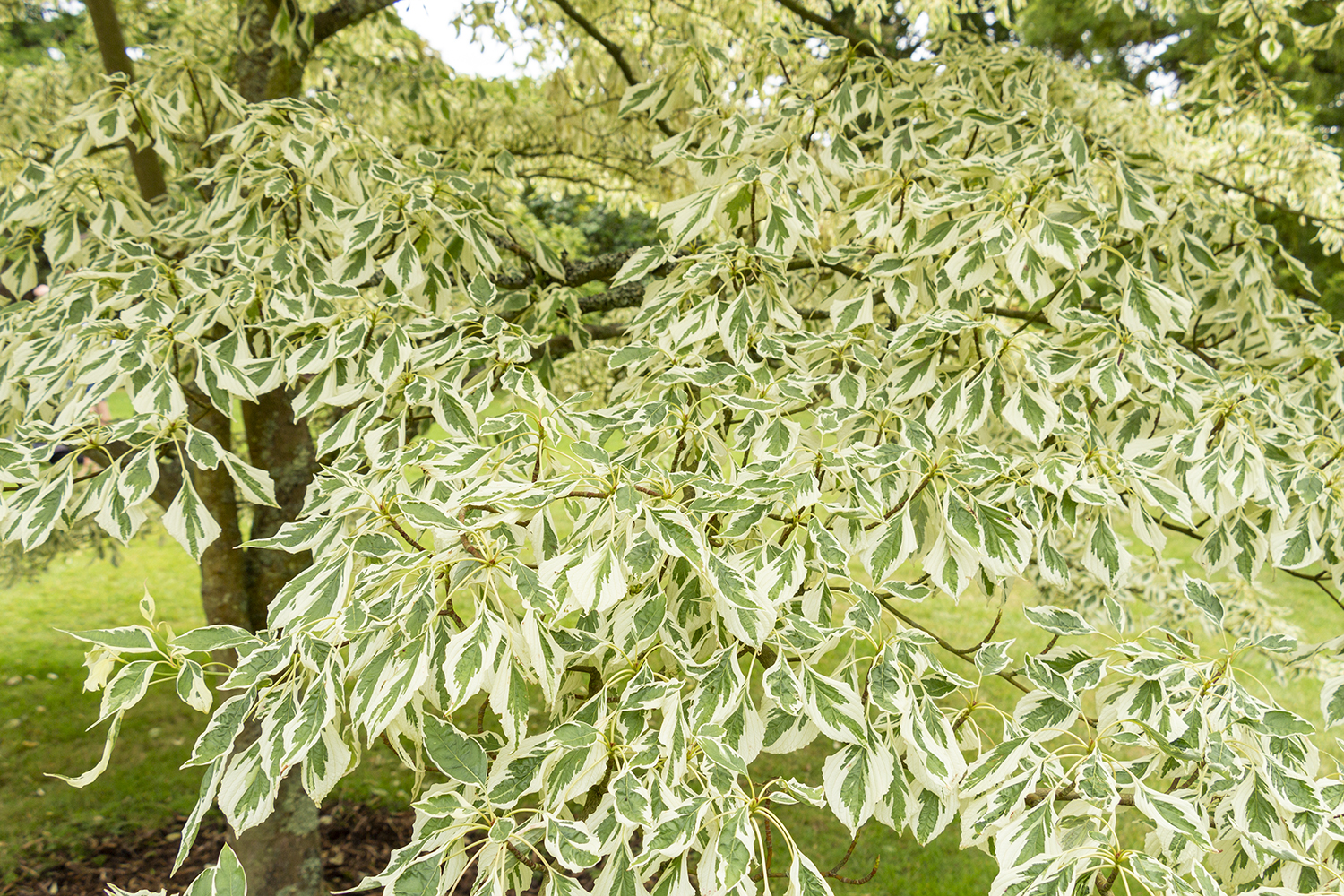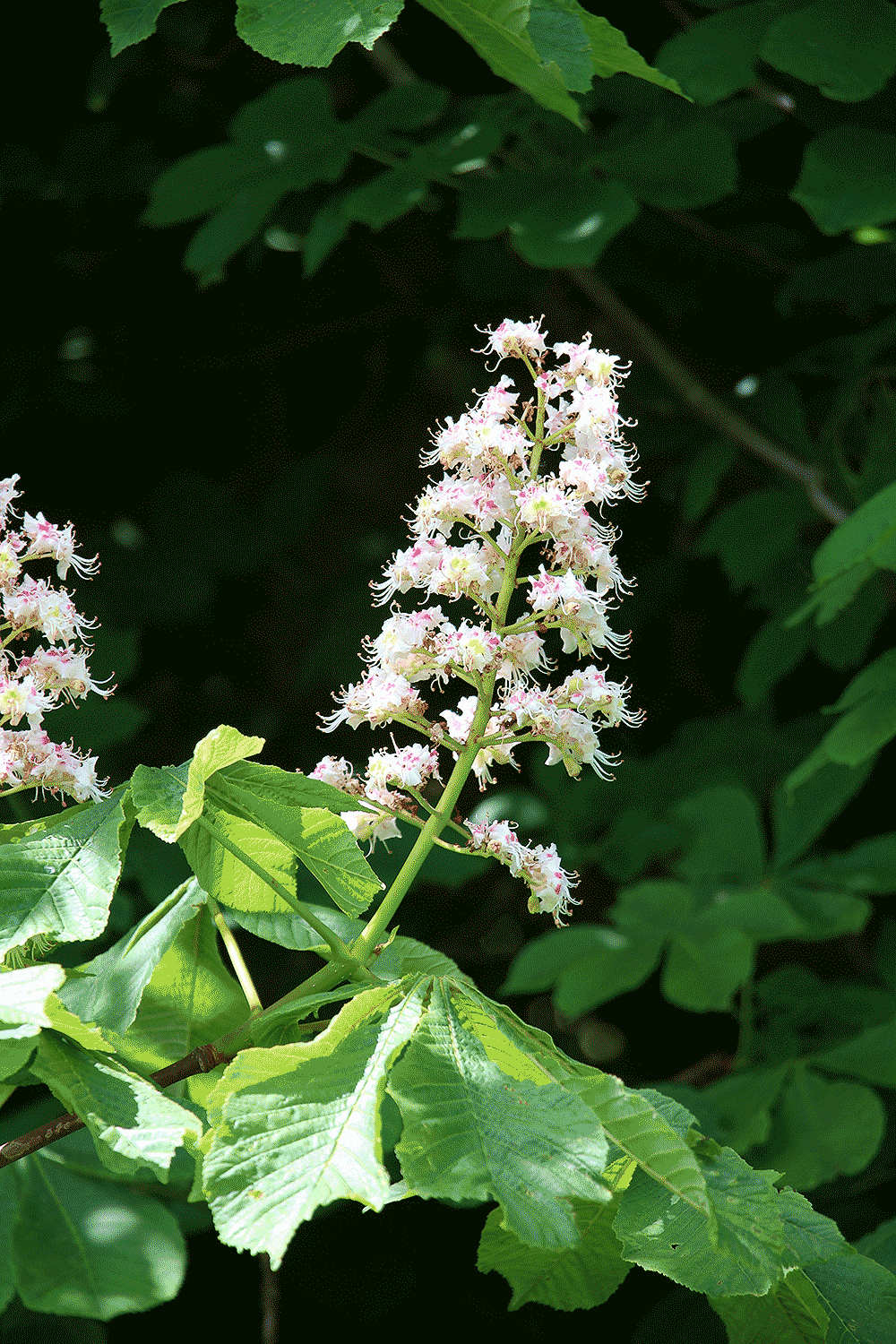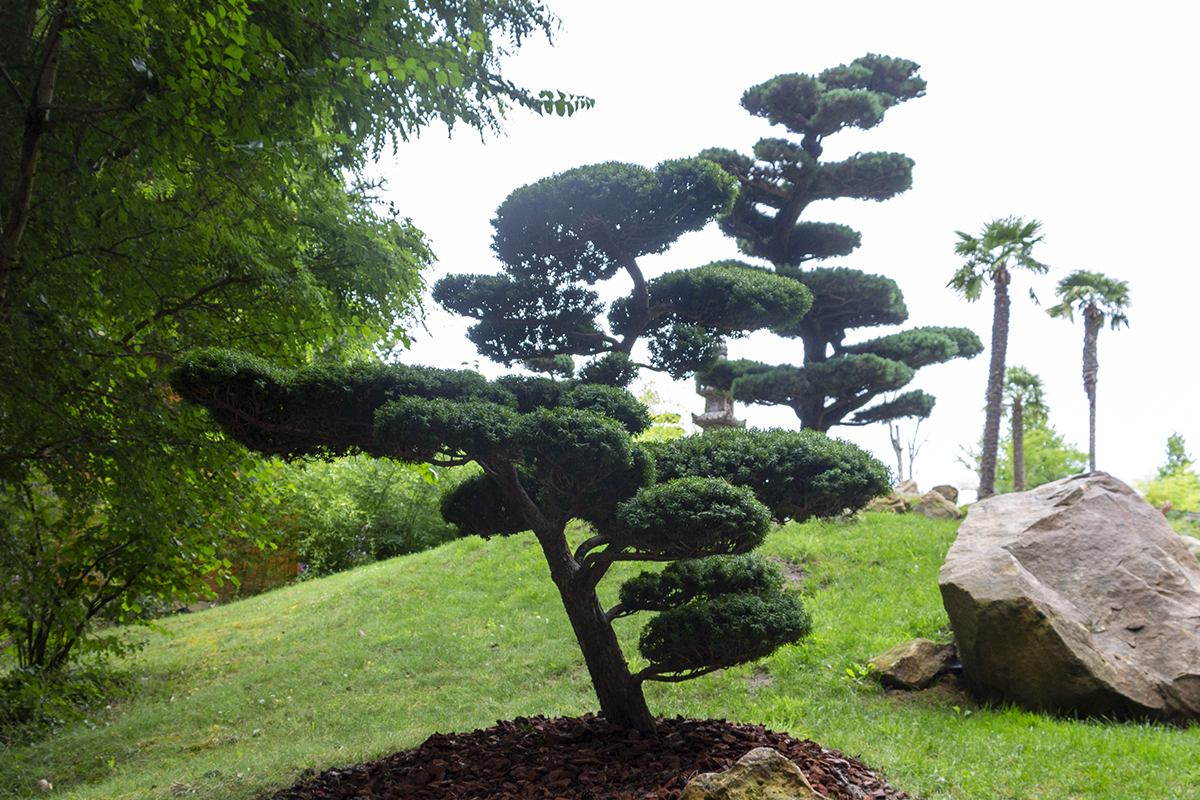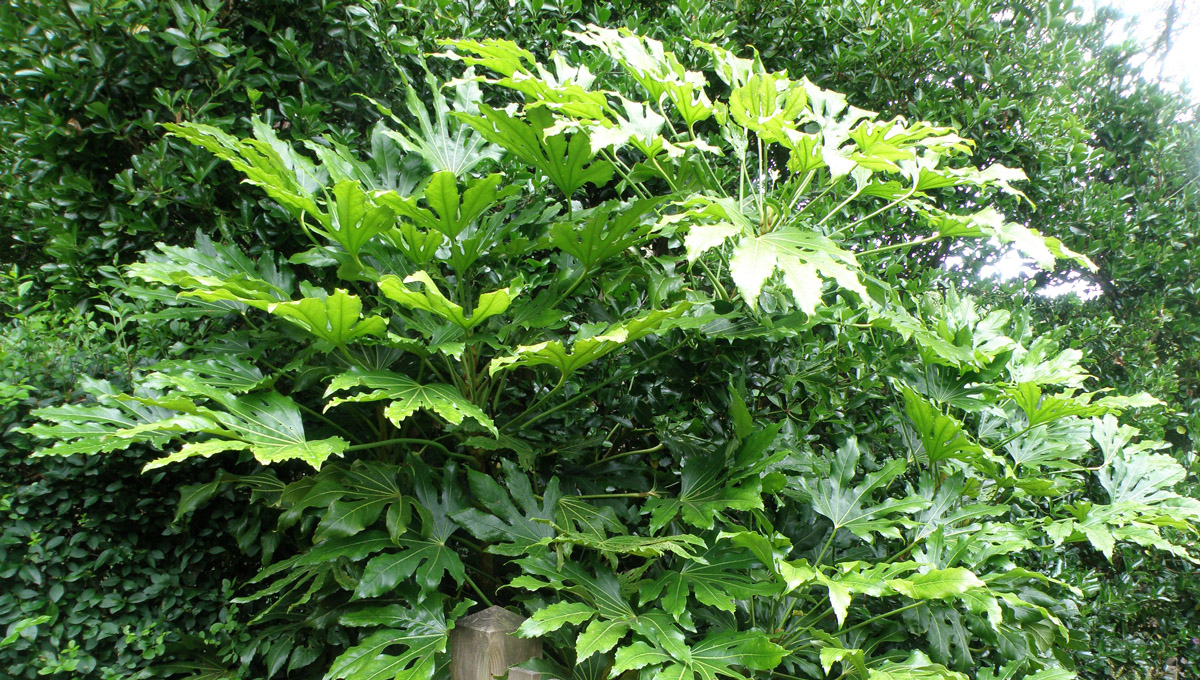-
Cornus controversa

Best known in gardens in the form of Cornus controversa ‘Variegata’ this plant has had a convoluted history. The species C. controversa Heml. was first “discovered” in cultivation. In January of 1909 an article was published in Curtis’s Botanical Magazine which discussed the naming of Cornus macrophylla and the authors noted that there appeared to…
-
Aesculus hippocastanum

The Horse Chestnut tree immediately brings to mind the quintessential English village green with its broad spreading canopy, masses of white summer flowers and autumn games of conkers. In reality this is a plant which contradicts itself at every turn. Originally coming from the Balkans Peninsula (the bit that hangs down to the right of…
-
Garden Myths: Number 5
Slugs and snails can be kept off Hostas by raising them high up or setting them in gravel. Hostas are a versatile and attractive genus of garden plants; used and loved by gardeners. Unfortunately the large succulent leaves that make them so attractive are also irresistible to slugs and snails. This has led to an…
-
Dicksonia antarctica

As one of the most popular examples of this fascinating and fashionable group of plants, it is seen more and more available for sale. Appearing like a fern on top of a short trunk its slow rate of growth is reflected in its relatively high price. There is a lot of confusion over its hardiness…
-
Taxus baccata

The Yew tree is an easily recognisable plant of gardens and the countryside, being one of the few native British plants to be widely grown as an ornamental plant. It is a very adaptable plant growing in most situations with the exception of water logged ground and it responds very well to cutting. This, with…
-
Fatsia japonica

One of the classic garden plants for shade Fatsia japonica is much admired for its large, glossy, evergreen leaves and easy temperament. It grows happily in any reasonable garden soil and does particularly well in shade, though not so well in dry shade. It is also tolerant of a maritime garden though its large leaves…







